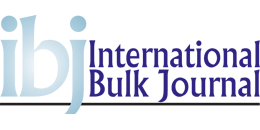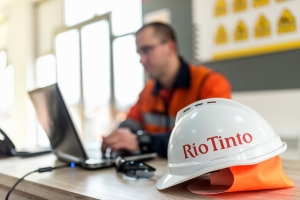


(Posted on 10/12/20)
Rio Tinto has disclosed to the Australian Securities Exchange (ASX) a maiden Ore Reserve and updated Mineral Resource at the 100% owned Jadar lithium-borates project in western Serbia.
The Ore Reserve is 16.6 Mt at 1.81% Li2O and 13.4% B2O3
The Mineral Resource underlying the maiden Ore Reserve has been updated to incorporate additional drilling which resulted in an updated geological model. Mineral Resources are reported exclusive of Ore Reserves.
The Mineral Resource comprises 55.2 Mt of Indicated Resource at 1.68% Li2O and 17.9% B2O3 with an additional 84.1 Mt of Inferred Resource at 1.84% Li2O and 12.6% B2O3
The update precedes the release of the project’s ‘Elaborate of Resources and Reserves’, reporting required under the Serbian Reporting Code YU53/79. Declaration of resources and reserves is an important milestone as the project progresses towards the award of an exploitation license, the precursor to a construction licence.
Pre-feasibility studies have shown that the Jadar project has the potential to produce both battery grade lithium carbonate and boric acid. The deposit is located on the doorstep of the European Union, one of the fastest growing electric vehicle (EV) markets in the world, and has the potential to provide lithium products into the EV value chain for decades. Boric acid is, a key raw material for advanced glass and fertilizer products and would be integrated with and complimentary to Rio Tinto’s established position in this market. The scale and high grade nature of the Jadar mineralisation provides the potential for a long life operation in the first quartile of the industry cost curve for both products.
The project under study consists of an underground mine, sustainable industrial processing and waste facilities as well as associated infrastructure. Jadar, one of the largest greenfield lithium projects in development, would be capable of producing approximately 55 thousand tonnes of battery grade lithium carbonate, as well as 160 thousand tonnes of boric acid (B2O3 units) and 255 thousand tonnes of sodium sulfate as by-products per annum. It represents a significant investment for Serbia with both direct and indirect economic benefits, and would become the country’s second largest exporter.
At the end of July 2020, the project moved into feasibility study, with an investment of almost $200 million on a scope that includes detailed engineering, land acquisition, workforce and supply preparation for construction, permitting and the early infrastructure development. The feasibility study is expected to be complete at the end of 2021 and, if approved, construction could take up to 4 years.
GSC (Global Strategic Commodities) has announced the launch of its dedicated mining advisory division... Read more
SSAB AB has successfully issued its inaugural green bonds under its EUR 2 billion EMTN programme, dated... Read more
On 9 September 2025, Anglo American plc and Teck Resources Limited announced that they had reached an... Read more
Bunge has successfully closed its purchase agreement for the grain elevator assets of North West Terminal... Read more
The National Grain and Feed Association (NGFA) in the USA has applauded the Senate Agriculture Committee... Read more
As Rio Tinto previously reported, the size of its Board peaked at 14 Directors during a transitional... Read more
ADM , a global leader in human and animal nutrition, has celebrated the opening of its new Central Milling... Read more
Bunge Global SA has announced that it has changed its segment and volume reporting to align with the... Read more
As the European Parliament prepares for the confirmation hearings of the new Commissioners, the Open... Read more
Multinational mining company, Rio Tinto, has releases its third quarter 2025 production results showing... Read more